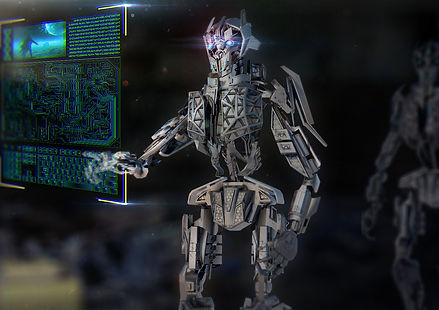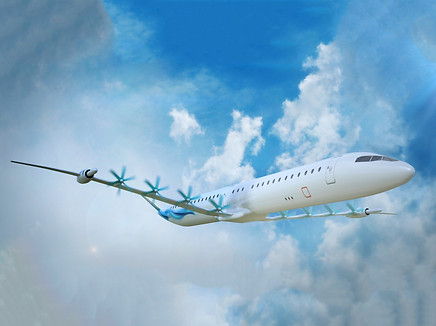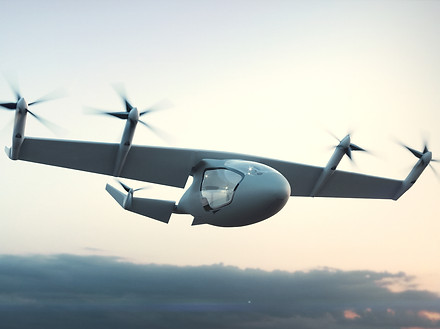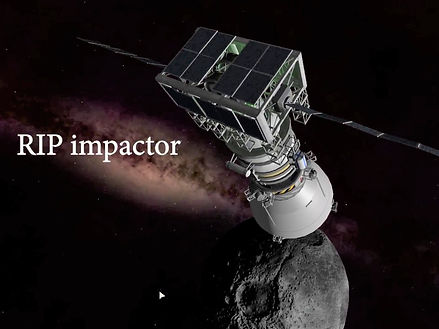
MEng Project: Design of Artificial Intelligence Agents for Games using Deep Reinforcement Learning
The project examined how different artificial neural network and reinforcement learning algorithms can be used to generate AI Agents capable to learn how to perform tasks by using only sensory inputs.
The research focused on developing and using two standard deep reinforcement learning AI agents, as well as two novel ones. The standard agents used Q and SARSA reinforcement learning with a conventional deep convolutional and deep artificial neural networks and were trained using back-propagation. The novel agents used the same RL algorithms and CNNs, but were trained with direct feedback-alignment.
The performance of the developed algorithms was tested by using a series of console games. The results were compared against literature and human performance, and the major finding was that the novel agents achieve comparable performance to the established ones, potentially opening the way into AI implementation on neuromorphic hardware.
The final report can be accessed through the media link below. The final report received a 90% mark.



An Investigation into the Disruptive Impact of Electrification in Aviation
Working as a Research Engineering Intern in the Future Aircraft Concepts team, part of the Future Technologies Group. From this role, I am performing an investigation into the disruptive impact of electrification in aviation, assessing the feasibility of different conventional and novel aircraft architectures and designs, and quantifying the market impact of certain design characteristics.
I have published some of my work at the British Conference for Undergraduate Research 2018.
Development of a eVTOL Aircraft
During my time as a Research Engineering Intern in the Future Aircraft Concepts team, part of the Future Technologies Group, I have also worked on the Rolls-Royce eVTOL Air Taxi concept, focusing mostly on the fuselage sizing and design, as well as the initial sizing of the propulsion system. More information can be found below:

.jpg)
LUNCH: LUNar CrasH mission
I worked with 22 students from 12 states to design a mission to the Moon, during the European Space Agency (ESA) Academy's Concurrent Engineering Workshop, held at ESA-ESEC site in Redu, Belgium. The LUNar CrasH mission had an ambitious goal: crash an Impactor probe on the lunar surface and observe the crater, scanning for water particles in the ejecta plume by using an Observer cubesat. Then, the Observer cubesat would have to crash-land on the lunar surface, and continue observations for a lunar day and night. I was privileged to be part of the Propulsion Team, togetherdoing work mainly on the solid rocket stages required for transferring the probes from LEO (Low Earth Orbit) to LTO (Lunar Transfer Orbit) and for slowing down the Observer probe so that it could safely "land" on the Moon.
Research into 3D Machine Vision Technologies and their Applications
I have done research exploring advances in 3D machine vision technology and assessing their applicability and sentencing capabilities. Commercial software was explored and a comprehensive literature review was done in order to evaluate the potential of different technologies and approaches. Also, a computer vision code was developed using Halcon HDevelope, as a technology demonstrator.
